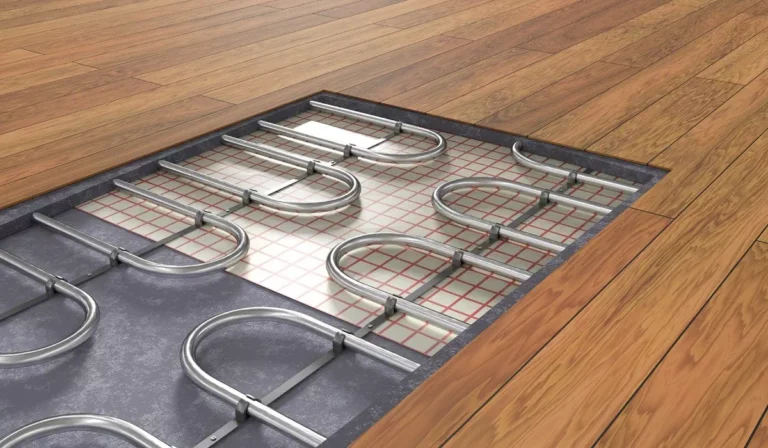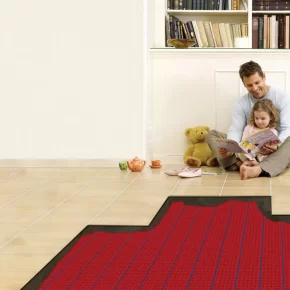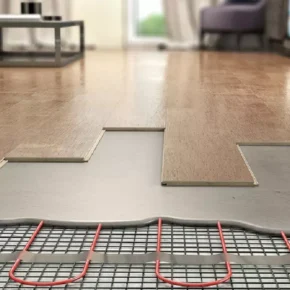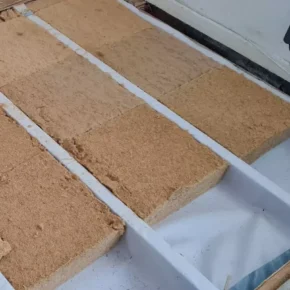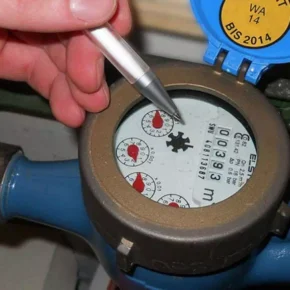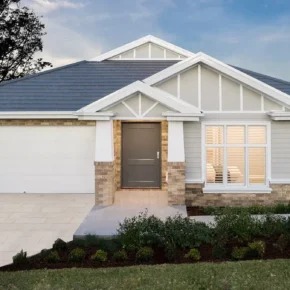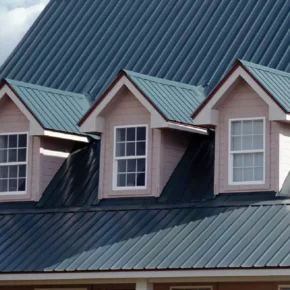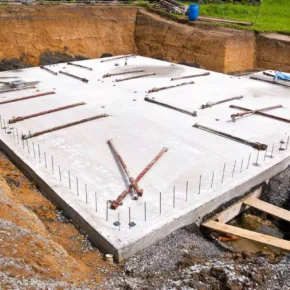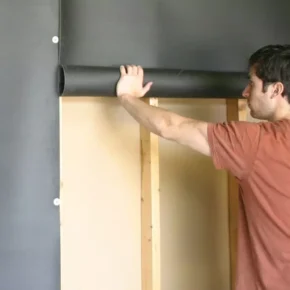Underfloor heating is becoming an increasingly popular solution for creating comfort at home. This system provides uniform heating of the room, which is especially appreciated in cold seasons.
Let’s take a look at the features, advantages, disadvantages and installation process of underfloor heating so you can evaluate whether this technology is right for your home.
Advantages of underfloor heating
- Even distribution of heat
- Floor heating provides uniform heating of the entire floor area, which allows you to avoid “cold” areas that often remain when radiators are used.
- Saving space
- With no radiators or heaters, underfloor heating leaves the walls free, allowing more options for decor and furnishing.
- Energy efficiency
- The system works at lower temperatures (about 30-40°C), which allows you to reduce heating costs. This is especially relevant for large areas.
- Comfort for health
- Uniform heat from the floor reduces dust circulation, which makes the system optimal for allergy sufferers.
Cons of underfloor heating
- High initial costs
- Installation of underfloor heating requires significant initial costs, including materials and professional installation.
- Difficulty of repair
- In the event of a breakdown, underfloor heating is quite difficult to repair, since the system is located under the floor.
- Heating time
- The system works more slowly compared to radiators and may take some time to reach a comfortable temperature.
- Floor height requirements
- Installing such a system often requires raising the floor several centimeters, which can be a problem in rooms with low ceilings.
Types of floor heating
There are two main types of underfloor heating:
- Water floor heating . A system of pipelines under the floor through which warm water circulates. This option is most often used in private houses and new buildings, where appropriate communications can be installed.
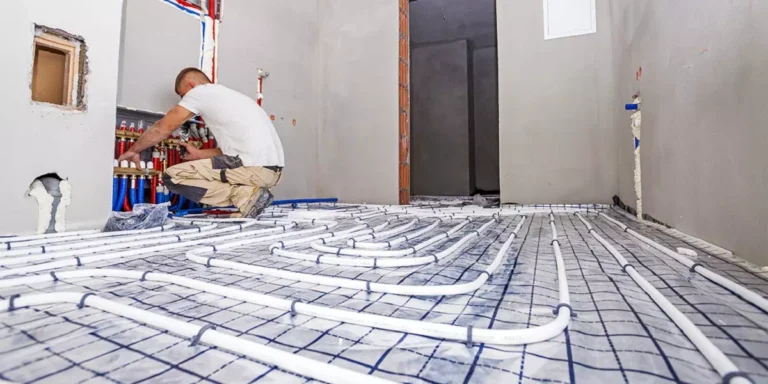
- Electric floor heating . A system of heating elements or mats that work from the mains. It is suitable for apartments where the installation of a water system is complicated, but electric underfloor heating may be less economical in long-term use.
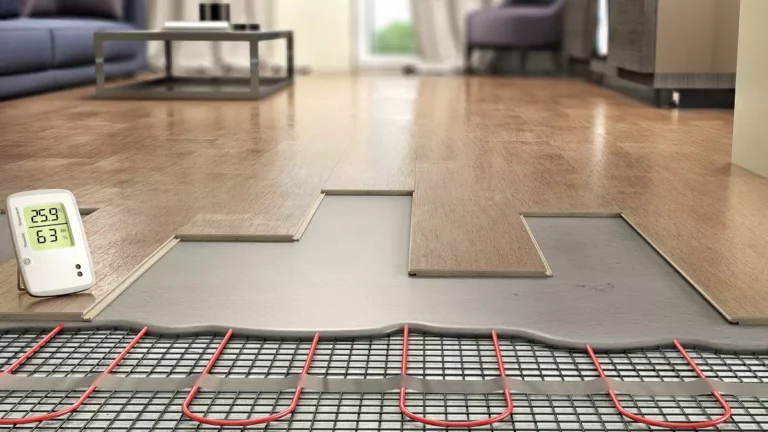
The process of installing underfloor heating
1. Designing
- At the initial stage, you need to determine the type of floor covering, choose the appropriate type of heating and develop a detailed plan for the location of heating elements or pipes.
2. Surface preparation
- The base must be flat, without cracks or irregularities, to avoid heat loss and damage to the system. At this stage, a thermal insulation layer is also laid to increase efficiency.
3. Installation of systems
- For the water system: Laying pipes over the entire floor area according to the project. It is recommended to use the “snake” or “spiral” method for even heat distribution.
- For the electrical system: Laying of heating mats or cables, usually with a protective coating.
4. Testing
- Before the concrete pouring is completed, the system is tested to make sure that the installation is correct. It is important to check that all parts of the system are functioning properly.
5. Pouring screed
- The system is covered with a layer of screed, which provides evenness to the floor and protects the heating elements. It is important to follow the screed thickness recommendations for uniform heating.
6. Laying the floor covering
- After the screed is completely dry, you can install the floor covering. Ceramic tiles, laminate or vinyl, which conduct heat well, are suitable for underfloor heating.
Tips for using floor heating
- Temperature regime: The optimal floor temperature should be around 25-28°C for comfortable heating of the room.
- Ventilation: When using underfloor heating, it is advisable to provide adequate ventilation, especially in bathrooms.
- Regular inspection: Periodic inspection by specialists is recommended to extend the service life of the system.
Floor heating is a modern and convenient way of heating that provides comfort and aesthetics. Although its initial costs can be significant, the system provides energy-efficient heating and a comfortable climate. The correct choice of the type of heating and compliance with the installation instructions guarantee durability and ease of use.

